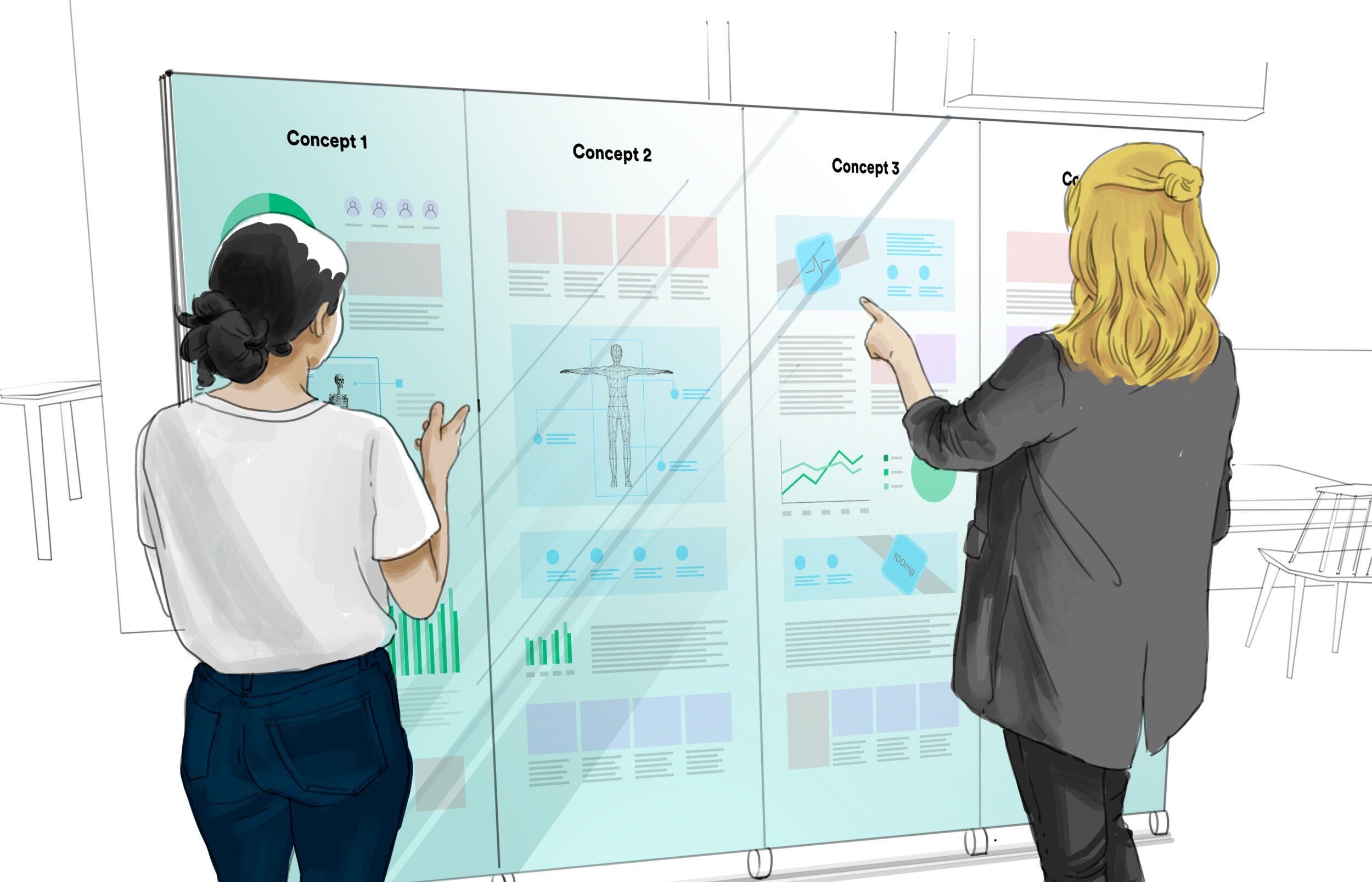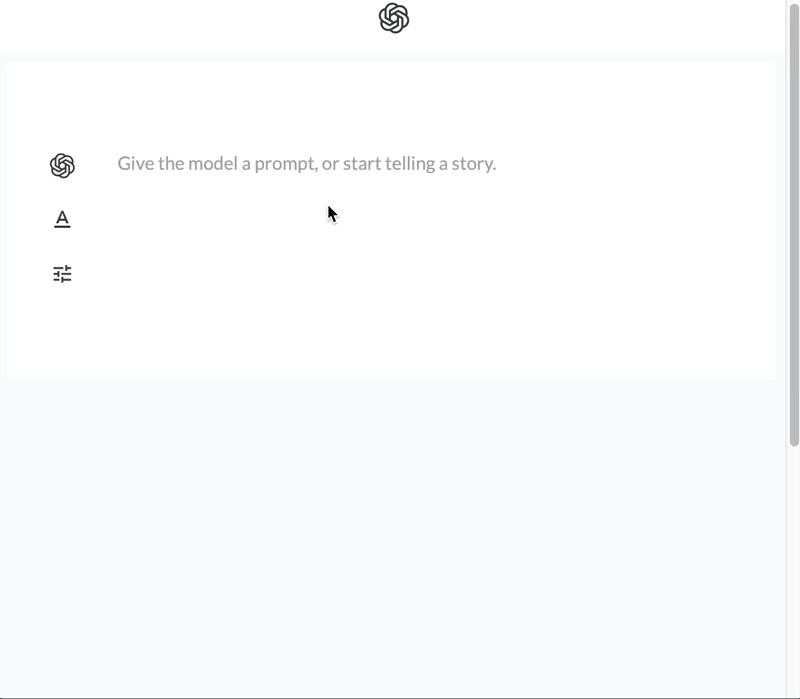
Defining the future of work
We developed future scenarios envisioning enterprise work in 2030 and aligned product teams around this shared target for long-term product planning.
An enterprise technology provider had traditionally defined its product strategy by focusing on the near term, 1-2 years out. While this was effective for making incremental improvements to existing product lines, the client’s innovation team recognized that they were vulnerable to disruption if they didn’t understand and plan around longer term trends. What’s more, the client’s collective wisdom and expertise that could otherwise inform a longer term perspective was siloed across many different internal teams.
The client needed a 10-year future vision for modern office work and guidance for how to use that long-term vision in product ideation and planning. Through extensive research and facilitation of cross-team dialogue, we synthesized the vast knowledge across client teams to help find alignment and clarity in an evolving future. We worked with our client’s teams to collaboratively define the future vision for the modern work environment and facilitated product envisioning across four opportunity areas.
Role: Project lead, team of 4
Duration: 12 weeks
Output:
Future scenarios
Collaborative product envisioning workshops
Narrative vision of opportunity areas
As project lead of a team of five, I…
Planned project approach in close collaboration with the client
Led execution and synthesis of multiple research streams
Facilitated workshops with client teams to promote organizational input and alignment
Ultimately helped multiple client teams align around a shared vision of the “future of work” and generate product concepts reflecting opportunity areas therein
Approach
SME and trend research
Understanding trends, drivers, human needs, and the client’s own wisdom and needs
Future scenarios
Consolidating inputs into discrete future scenarios emphasizing key drivers of the future, and their implications for the client
Opportunity areas and concepts
Using implications of 4 scenarios to drive ideation collaboratively in a workshop with client stakeholder teams
Narrative vision
Future of work vignettes align internal teams around long-term vision to inform product planning
We identified key drivers of change, defined future scenarios that would likely manifest in the next decade, and further defined opportunities therein.
What will the future of computing look like? How are labor patterns shaping knowledge work? Will shifting cultural norms change how we collaborate?
We pushed beyond trends to investigate key drivers of change across society, technology, and economics. Through collaboration and dialogue with dozens of futurists, end users, and leaders at the client organization, as well as desk research, we uncovered four critical opportunity areas for the workplace of the future.
AI-assisted knowledge work is poised to automate many manual tasks of today.
Example: Generative Pre-trained Transformer 3 (GPT-3) is an autoregressive language model that uses deep learning to produce human-like text. - Source
The app-centric model of computer interaction may give way to a new paradigm.
Example: The Microsoft Fluid framework “takes the concept of what used to be a document and blows it up and replaces it with a big cloud address in the sky,” according to Jared Spataro, head of Microsoft 365. - Source
Gig work may become increasingly common in white collar professions.
Globally, 70% of executives — mostly from large US firms — said they plan to ramp up their reliance on contract and temporary workers, according to McKinsey. - Source
We facilitated workshops bringing together siloed client teams to create alignment around the future vision and generate product concepts.
A series of client workshops helped client teams align around the vision for modern work, contribute their own expertise on matters such as security and provisioning, and ultimately generate product ideas that represented the first step in translating an abstract vision of the future of work into specific product concepts.
We translated the client’s product concepts into future vignettes.
We took the collective output of ideas and themes borne out of client collaboration and created scenarios describing a typical workday in 2030, spelling out the implications for hardware, services, and IT support.

“An amazingly articulate and well-crafted vision. Thanks to Artefact, we have a clear sense of the future, which insights to track and what experiments to run. We have a confident understanding of when this future will play out. I can’t say enough great things about the team and engagement.”
— Client










